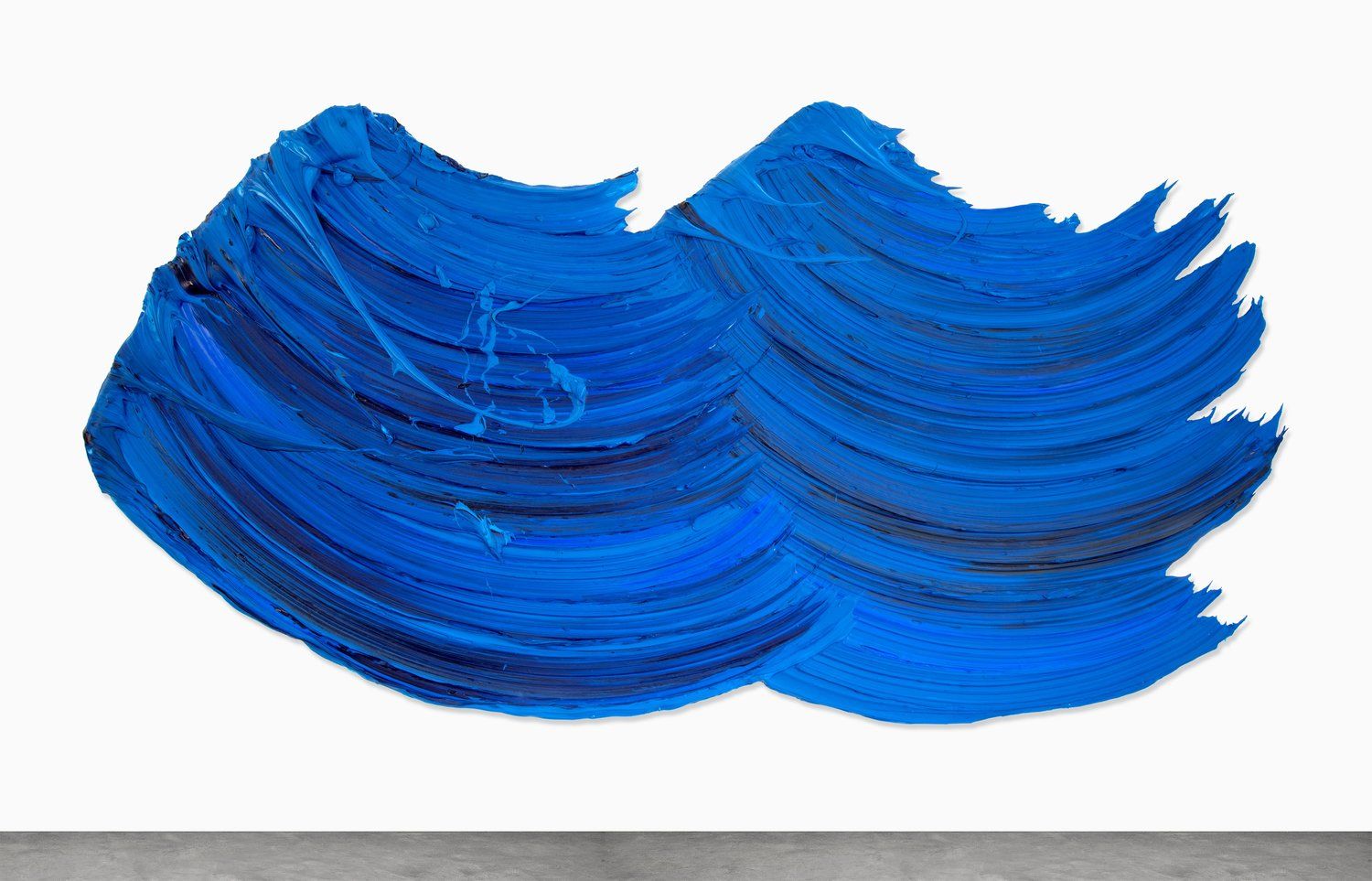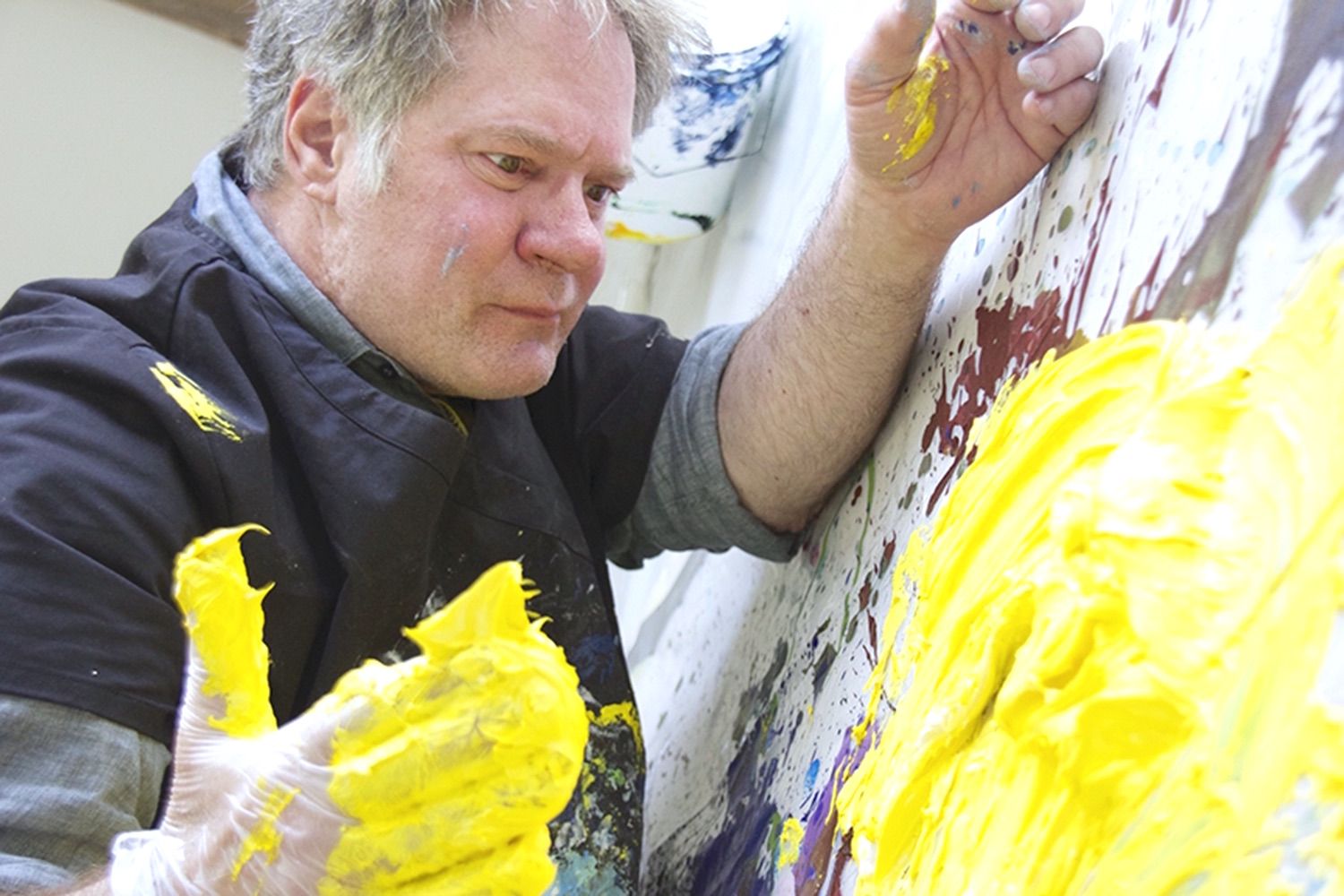North Carolina artist Donald Martiny is the brains behind what might be the largest brushstrokes in the world
Donald Martiny might not be a household name in Asia (yet), but having painted his way to the lobby of the south entrance of One World Trade Centre in New York, the North Carolina-based artist’s massive sculptural brushstroke paintings never go unnoticed no matter where they are.
The scale and the detail of Donald’s works are so impressive that they've changed the way audiences interact with art, thanks to their heavily textured and three-dimensional shapes, which he creates using tools like brooms, mops and his own hands.

The energy packed in Donald's paintings is overwhelming, as the artist himself once said, “brushstrokes are dances trapped in paintings.” We spoke to the gestural abstractionist to find out more about the paint he's created specifically for his works, and the emotions "trapped" in his larger-than-life pieces:
Tell us about your passion for art, how did it all start?
My passion for art began at a very early age. I believe it began when I was in kindergarten. While I loved to draw and was fascinated with images, I believe the most powerful thing for me was colour. I was very excited by the pure colours of paints and crayons. It affected me in a powerful and visceral way, and it still does.
As I grew older, I was hungry to see paintings but we didn’t live near any art museums, so I relied on art books and magazines that I found in the local library. I visited an art museum for the first time when I was around 14 years old, the Art Institute of Chicago, and I was astounded by the scale of the works. It was tremendously thrilling.



